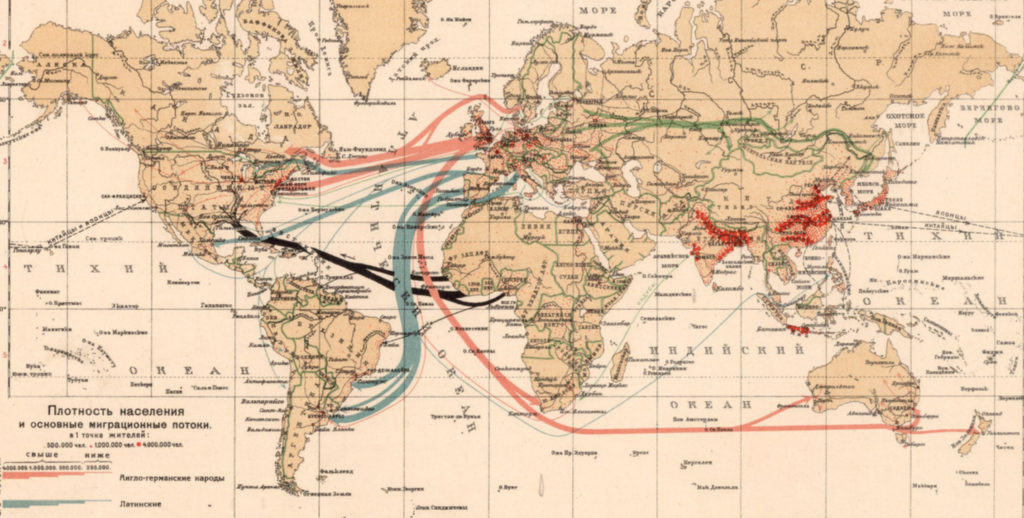
Last year, my wife and I were in Argentina and Chile – we went hiking in the mountains, as we love – and then I learned that in fact there are German, Croatian, Italian towns throughout the continent. It became very interesting to study the topic.
At the beginning of the 20th century, South America became an attractive destination for European migrants. Reasons for migration included political instability, economic hardship, and the desire for a better life. migrants from Germany, Italy, Croatia, Ireland, Scotland, Sweden and other European countries have made significant contributions to the region, leaving their mark on the culture, architecture and lifestyle of many South American cities.
In Chile and Argentina, German migrants founded many settlements, some of which have preserved the German way of life and architecture to this day. For example, in Chile, the city of Valdivia is known for its German traditions, holidays and architecture. German migrants began arriving here in the mid-19th century, and their influence remains noticeable to this day. At the beginning of the 20th century, the share of Germans in the population of Chile was about 3%, and today their descendants make up about 1% of the population.
Italian migrants also played an important role in the development of South America. In Argentina and Brazil, Italians make up a significant part of the population. In Buenos Aires and Sao Paulo you can find numerous Italian neighborhoods where the traditions, cuisine and architecture of Italy have been preserved. At the beginning of the 20th century, about 40% of the population of Buenos Aires were Italians, and today their descendants make up about 15% of the population of Argentina.
Croatian newcomers have also found a home in South America, especially in Chile and Argentina. In cities such as Punta Arenas in Chile, the Croatian community forms a significant part of the population. At the beginning of the 20th century, the share of Croats in the population of Punta Arenas was about 20%, and today their descendants make up about 5% of the city’s population.
The Irish and Scots contributed to the development of agriculture and industry in South America. In Argentina, Irish migrants established agricultural settlements, and their descendants today make up about 1% of the country’s population. The Scots who arrived in Chile and Argentina also left their mark on the culture and economy of the region.
Swedish migrants settled mainly in Brazil and Argentina. In Brazil, Swedish settlements arose in the states of Santa Catarina and Rio Grande do Sul. Swedish architecture and culture are still prominent in these regions.
At the beginning of the 20th century, European migrants made up a significant part of the population of South America. In Argentina, about 30% of the population was European, in Chile – about 15%. Today, descendants of European migrants make up a significant portion of the populations of these countries: about 65% in Argentina and about 20% in Chile.
European migration to South America in the early 20th century had a profound impact on the region’s culture, architecture, and lifestyle. German, Italian, Croatian, Irish, Scottish and Swedish communities have made significant contributions to the development of many South American cities and still maintain their traditions and cultural characteristics. To this day, in Latin America – Brazil – there are village-communities of Russian Old Believers who moved to the country after 1917.